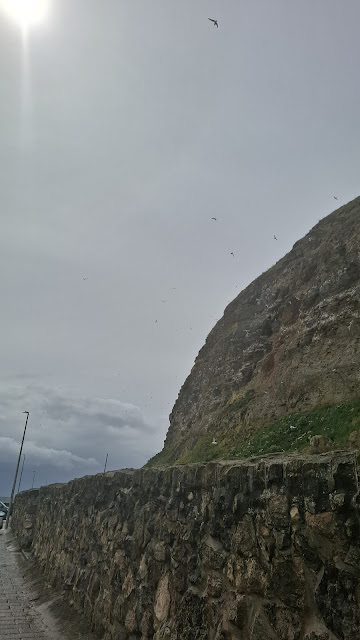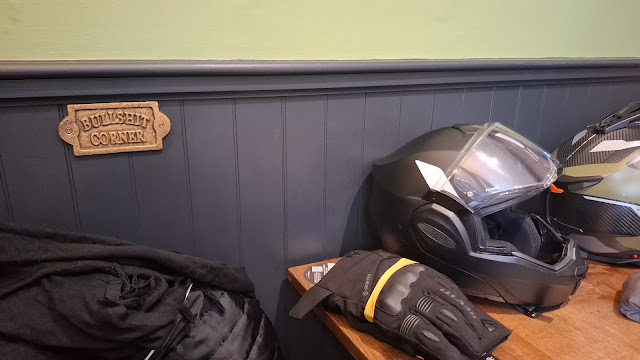A few years
back we had a discussion about speed painting vs painting meticulously.
I see
myself more as a speed painter but never really paint with an eye on the clock.
I just always pick a bunch of figures that I think I can finish in one evening.
So for once I turned on the stopwatch with this 10 USMC and started painting with my usual production method. After 1 hour 48 minutes the paintwork was finished except for some very small details like helmet graffiti and such. All that remains is grass on the base and varnish.
The method does require practice but is not
difficult. You basically start with the middle color, then a dark wash of a darker version of that colour (no dip) and finally a highlight in a light version of the middle
color.
You finish with small light details such as cigarettes and bits of metal color. And possibly a layer of dust in a light sand color to bring it together.
I always start with the largest color area. Then I work from big and dark to small and light.
I don't want to give the impression that it's all a
piece of cake. Combining the right colors does require some knowledge and color
feeling. To do washes and highlights a little subtly with dilution and wiping
and the right brush requires a well-developed feeling for the
"stroke" and the medium you are using.
Most good highlights hit from above 🙂, but sometimes it doesn't matter that much. Sometimes you don't touch the entire surface but only the highest parts: only the helmet top instead of the whole helmet for example.
You have to estimate the most "ergonomic" order to apply colors so that you don't spill over previous paintwork. You have to be able to estimate what a color filter (which you can do with both a wash and a highlight) does to the underlying color.
So it does require some knowledge and especially practice. But if you get the
hang of it, you can get pretty good results pretty quickly.
I have taken some pictures of the various steps:
 |
| Paint in the dominant middle colour for the largest single-colour surface. Dirty green for trousers, shirts and helmets in this case. |
 |
| Add black for the rifle, brown for the shoes. Hit all colours that may be dulled with a dark wash. In this case an unsubtle black, but dark green would have worked as well. |
 |
| Add the lighter middle colours and add a darker wash over those areas. Brown and reddish brown in this case. |
 |
| Add highlights in light grey, olive green and yellow on weapons and uniform. Add flesh to the skin, wash in brown and dust it all with a broken white highlight. |
 |
| Last details (white shirt sleeves and such), edge of the base, rifle and ammo belts dulled with some black ink, flak vest highlighted with some green ink and he is ready. |
 |
| The finished bunch. |





















































